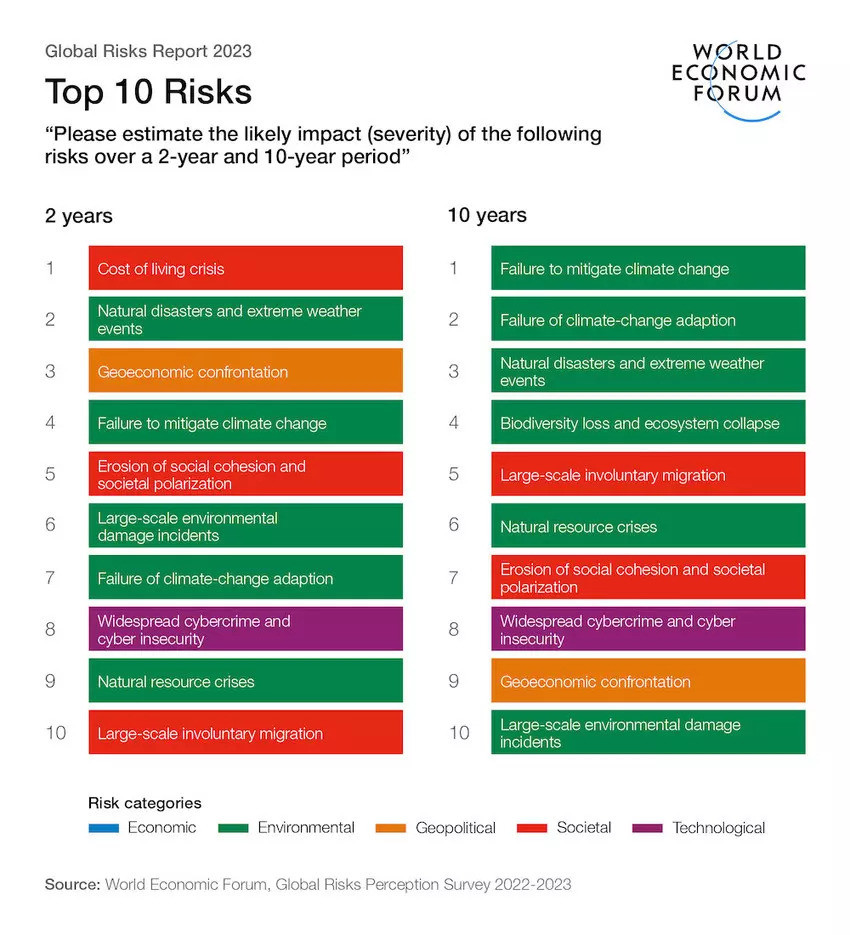
December 31, 2009
Fail Fast, Hasten Slowly: Reconciling Print and Digital Product Development Cultures
Once a bottle has been tossed into the sea, there’s no changing the message. The stakes become even higher when you’re distributing the same message via thousands of bottles.
This became clear early in the history of the printing press. By 1494, Aldus Manutius had branded Aldine Press with a dolphin squeezing an anchor—a visual metaphor for the motto “Hasten slowly.” Aldus adopted this mark after seeing it on a coin designed during the reign of the Roman emperor Augustus, who felt the motto was emblematic of his cautious approach to military strategy. While it goes without saying that lives are worth more than books, war and print publishing share a concern in the mitigation of irreversible outcomes. Print product development has always hastened slowly because the physical reality of printed materials is rigid.
All of this appears to run counter to the mantra of the moment, “Fail fast.” Today we’re awash in lean approaches to digital product development, methods designed to uncover customer needs with agile efficiency. Flaws are framed as opportunities instead of failures, and the punitive weight of the word reprint is lifted by lighter language: release, update, refresh. The idea of perfected form loses logic in a medium defined by perpetual improvement. Digital product development is able to fail fast because the physical reality of digital materials is flexible.
But print doesn’t appear to be going away. Perhaps it’s because bound pages of printed text long ago transcended their status as mere objects to become an integral part of our collective psyche. Or maybe it’s because of viral fads like adult coloring books. Either way, printed book sales have been up three years in a row, and research shows that millennials are reaching for printed books as a respite from the digital downpour. Market forces are indisputably pushing publishers toward digital, but not away from print, placing the industry in a complex position.
“We do not face a simple choice of digital or analog. That is the false logic of the binary code that computers are programmed with, which ignores the complexity of life in the real world. Instead, we are faced with a decision of how to strike the right balance between the two.” —David Sax
As historically print-focused publishers expand their digital footprints, in-house teams, which are increasingly a blend of print and digital expertise, are pulled in many directions at once. Format agnostic—content developed in such a way that it can exist independently from its delivery format and be efficiently deployed to serve a range of print and digital experiences—has become a buzzword. Neither Silicon Valley nor the Big Five trade book publishers provide a complete cultural model for this brand of ambidextrous product development. A hybrid culture is needed, one that includes the best of print and digital approaches.
But a hybrid culture won’t flourish on its own in a historically print-focused organization—it must be nurtured. This is because the operational implications of managing printed inventory permeate publishing’s culture from the whiteboard to the warehouse, causing digital strategies to be framed as foreign procedures. Publishing’s print mindset is as concrete as a warehouse floor, but it’s also a mental construct built from tradition, nostalgia, and habit. In reality, those of us who’ve long worked in publishing don’t harbor a deep loyalty to print—our loyalty lies with readers. Embracing a truly “format agnostic” product strategy, in order to better serve the needs of readers, requires publishers to acknowledge and address their implicit print biases.
Print and digital product development strategies are historically described as opposing forces, but they aren’t wholly at odds. It could be argued that fail fast and hasten slowly simply describe different stages of a singular, format agnostic process. Fail fast to uncover a customer’s needs. Hasten slowly to perfect that customer’s experience. Publishers who evolve their cultures to view these mindsets as compatible will be better positioned to navigate the changing tides of media consumption.
Observed
View all
Observed
By Brian LaRossa
Recent Posts
Mine the $3.1T gap: Workplace gender equity is a growth imperative in an era of uncertainty A new alphabet for a shared lived experience Love Letter to a Garden and 20 years of Design Matters with Debbie Millman ‘The conscience of this country’: How filmmakers are documenting resistance in the age of censorship



